Since the cluster just moves upwards (and not sideways) in cold weather, the presence of a candy board may be the key for survival of the colony.
In the short video below, a candy board is changed on a colony on December 19, 2013. The original candy board was put on this colony in the 1st week of November because it was too cold to feed syrup and this colony (a swarm caught this summer) was light on food stores.
Steve





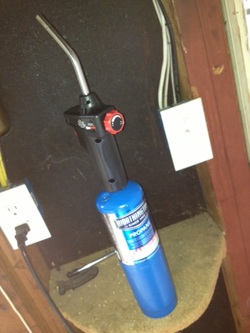
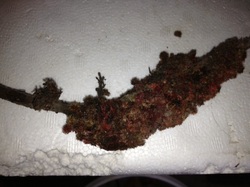
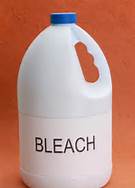

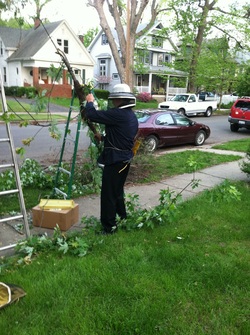

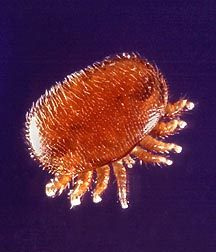

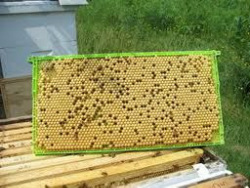
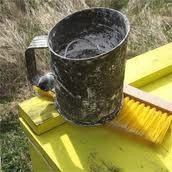


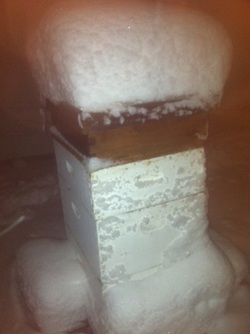

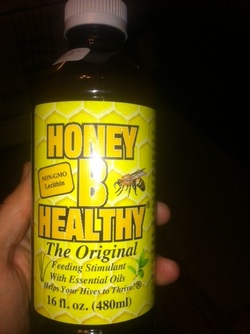
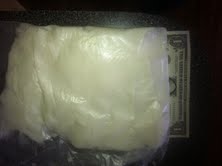
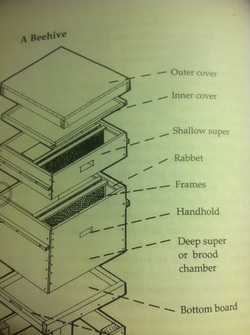
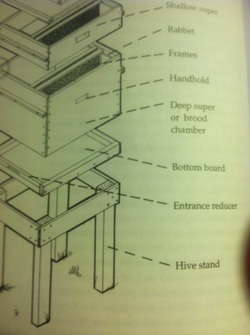
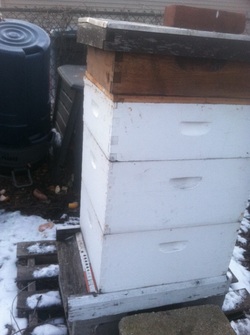
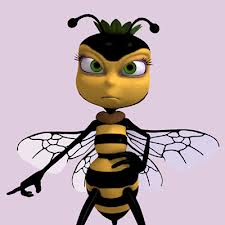

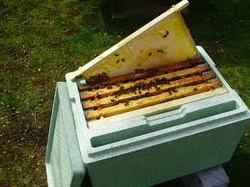
 RSS Feed
RSS Feed